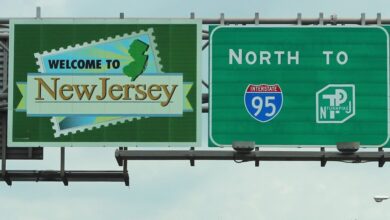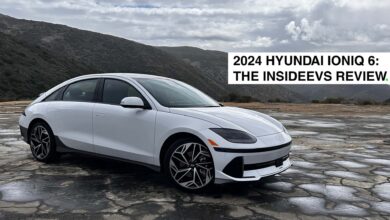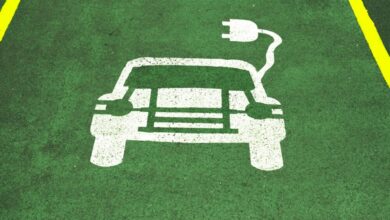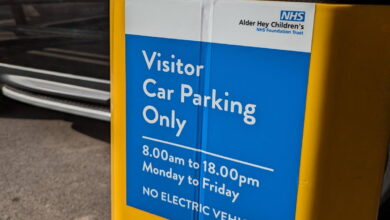San Diego to create sprawling citywide network of electric vehicle chargers

Advice from San Diego’s independent budget analyst prompted the City Council to approve a deal that aims to create a regional network of reliable electric vehicle charging stations.
Chargers are to be installed at every city library, recreation center and beach within two years and at every city building within five years.
There are more than 400 city parking lots in sprawling San Diego, from Rancho Bernardo and Carmel Valley in the north to Otay Mesa and San Ysidro in the south.
Newsletter
Get the La Jolla Light weekly in your inbox
News, features and sports about La Jolla, every Thursday for free
You may occasionally receive promotional content from the La Jolla Light.
The deal approved May 13 with the city’s partner, True Upside Consulting of Virginia, aims to make it easier for residents to own electric cars, help reduce local greenhouse gas emissions and help the city replace its 5,000-vehicle gas-powered fleet.
Electric vehicles made up 6 percent of all vehicles registered in San Diego County last year, based on state data, city officials said. That was twice their share from the previous year. Electric vehicle ownership was up 50 percent year over year in the city.
The deal with True Upside had been in jeopardy based on concerns that the city could owe the company as much as $60 million for charging infrastructure at the end of the 10-year agreement.
Though that is technically true, the IBA said it is based on a highly unlikely worst-case scenario in which demand for electric charging stations plummets to nearly zero.
“The risk here, which is shared by the contractor and the city, is that underutilization of the system could result in a dramatic decline in revenue,” said IBA analyst Jordan More.
A more reasonable worst-case scenario, More said, would be demand dropping to one-third of city estimates, which would leave the city owing $14.6 million for infrastructure to True Upside. But More said the availability of state and federal climate change grants for electric vehicle charging infrastructure makes even that scenario unlikely.
“Our office does not have any major concerns with the structure of the contract,” said More, who praised the deal for aligning the financial interests of the city and True Upside.
He also noted the city could walk away from the deal instead of paying True Upside for the infrastructure it will have installed during the 10-year agreement.
In that scenario, the city and True Upside would have to engage in tricky negotiations. The city would have infrastructure it couldn’t use on city property, and True Upside would have infrastructure it would own on property controlled by someone else.
City officials focused on the potential climate benefits of the deal.
“This contract ensures all San Diegans can be confident in transitioning to cleaner electric vehicles, regardless of where they travel in the city or whether or not they can charge at home,” said Heather Werner, interim director of the city’s Sustainability and Mobility Department.
San Diego’s Climate Action Plan, which was revised in 2022, commits the city to having zero-emission vehicles account for 16 percent of all miles driven by 2030 and 25 percent by 2035.
The plan also calls for the city to have all of its fleet of light-duty vehicles and 75 percent of its heavy-duty vehicles be electric by that time. Officials say the lack of a regional charging network is making those goals elusive.
Only 150 of the city’s 3,300 light-duty vehicles are electric. The first heavy-duty electric vehicles — two street sweepers and a firetruck — are slated to arrive this year.
True Upside will face penalties if broken chargers aren’t promptly repaired. People can report broken chargers on the city’s Get It Done app. ◆



